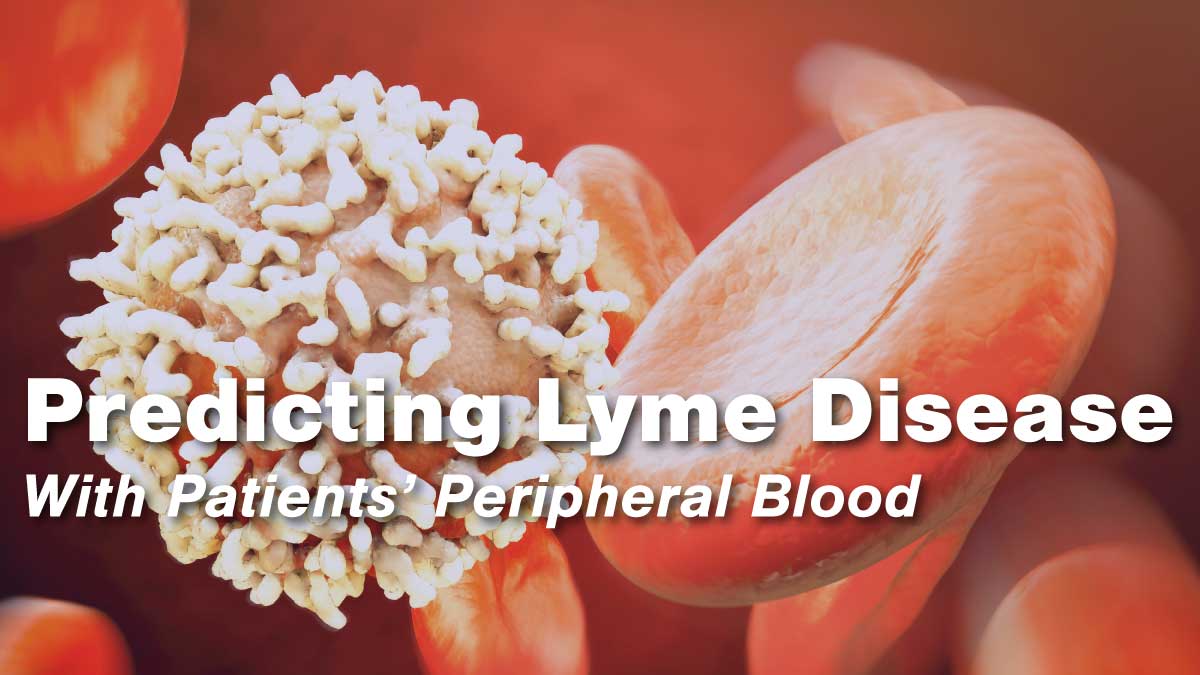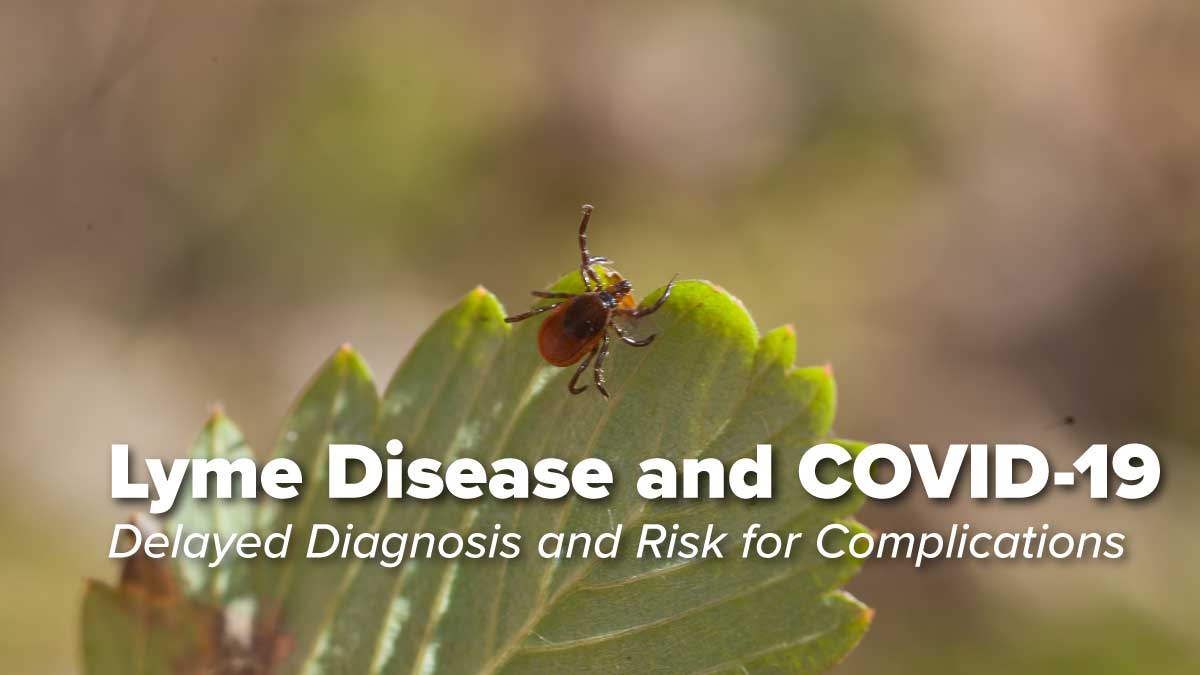
Summary This is the largest peer-reviewed prospective controlled study in the US that specifically focuses on the longer-term outcomes of early diagnosed and promptly treated Lyme disease patients. Results found […]

This study uses total RNA-sequencing of Lyme disease patients’ peripheral blood mononuclear cells. Using novel data analysis approaches, three unique groups of Lyme disease patients were identified, each with characteristic clinical and immunological features. Data from healthy controls and COVID-19 patients were included. Using machine learning classifiers, the study shows that Lyme patients can be distinguished from healthy controls as well as from COVID-19 patients.

This report presents a Lyme disease case that was initially misdiagnosed in the spring of 2020 resulting in disseminated infection and sixth nerve palsy and highlights new challenges facing healthcare delivery in the era of COVID-19. The objective of this report is to describe the obstacles for diagnosticians during the pandemic and also to discuss the potential beneficial application of telemedicine in the early diagnosis of Lyme disease during the COVID-19 era as well as in the future.

The erythema migrans (EM) rash, when present, is often the first clinical sign of Lyme disease. This study shows that EM presentations vary with age, sex, EM duration, body location, and timing of initiation of antibiotics. Understanding this EM variability can help physicians and the general public better recognize the rash and improve early diagnosis and treatment.